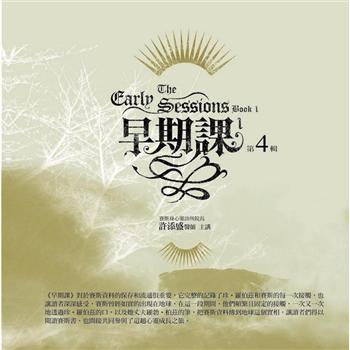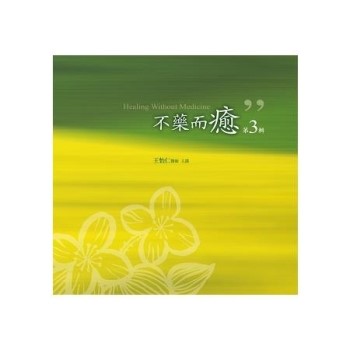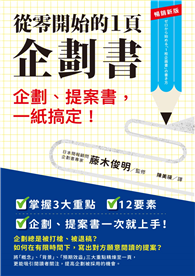When teachers develop an effective assessment architecture, they prevent harmful hard edges and support all aspects of students’ growth and their own experiences as teachers. Discover the difference between soft edges and hard edges regarding alignment between students’ and teachers’ needs and the assessment practices that are meant to meet them. With this book, equip students with the skills to show proficiency in the learning goals and the confidence and learning strategies they need to be able to face any learning challenge in the future.
Benefits
- Understand the language of assessment and softened assessment edges to measure student progress and verify learning proficiency.
- Spot the indicators of hard and soft edges in classroom practices to differentiate instruction and assessment.
- Learn how to educate for the whole student to meet students’ cognitive, social-emotional, physical, and ethical development needs.
- Examine the importance of a learning continuum to smoothly guide students through their learning and engage them with positive and relevant learning experiences.
- Visualize the qualities of a shared space that supports students’ and teachers’ learning.
Contents
Chapter 1: Assessment and the Whole Person
Chapter 2: Instruction and Assessment Planning Using a Learning Continuum
Chapter 3: Preassessment
Chapter 4: Formative Assessment and Feedback
Chapter 5: Self-Assessment and Goal Setting
Chapter 6: Summative Assessment
Chapter 7: Systems of Reporting
Appendix: Sample Learning Continuums












